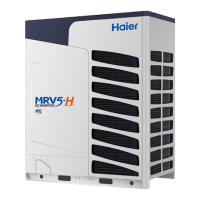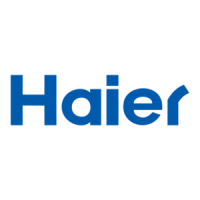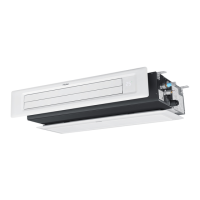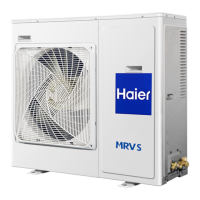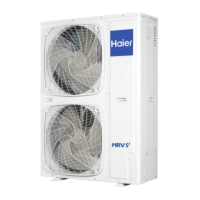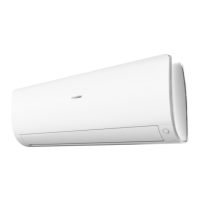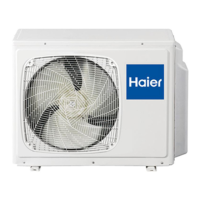2. General Information Page: 9 2.1 Energy Saving Details on energy efficiency features, including EVI compressors and low ambient performance.
2.2 MRV-Link Information on the MRV-Link system, covering wired links and benefits like labor saving and stable performance.
2.3 Comfort Features related to user comfort, such as the Move Eye Intelligent System and precise temperature control.
2.4 Feature System introduction and typical 3-pipe system configuration for cooling and heating.
2.5 Products Lineup Identifies indoor and outdoor unit models, their capacity ranges, and specifications.
2.5.1 Nomenclature Identifies indoor unit models and their respective capacity ranges and features.
6. Functions and Control Page: 39 6.1 Startup Procedures for initial startup, including material preparation, installation checks, and operation settings.
6.1.4 Power on Preheating requirements and steps for powering on the system to protect the compressor.
BM1 Introduction Details on BM1 dip switch settings for outdoor unit search, mode, and communication.
BM2 Introduction Explains BM2 dip switch settings for communication protocol, heat mode, and wireless module configuration.
BM3 Introduction Configuration options for BM3 dip switches related to outdoor unit model and capacity settings.
BM4 Introduction Defines BM4 dip switch settings for group class and ModeBus communication address.
6.4.1 Compressor Control Explains how compressor frequency is controlled during cooling and heating based on pressure and temperature.
6.4.4 Start Control Conditions and procedures for compressor start control, including oil superheat and frequency settings.
2. General Information Page: 9 2.1 Energy Saving Details on energy efficiency features, including EVI compressors and low ambient performance.
2.2 MRV-Link Information on the MRV-Link system, covering wired links and benefits like labor saving and stable performance.
2.3 Comfort Features related to user comfort, such as the Move Eye Intelligent System and precise temperature control.
2.4 Feature System introduction and typical 3-pipe system configuration for cooling and heating.
2.5 Products Lineup Identifies indoor and outdoor unit models, their capacity ranges, and specifications.
2.5.1 Nomenclature Identifies indoor unit models and their respective capacity ranges and features.
6. Functions and Control Page: 39 6.1 Startup Procedures for initial startup, including material preparation, installation checks, and operation settings.
6.1.4 Power on Preheating requirements and steps for powering on the system to protect the compressor.
BM1 Introduction Details on BM1 dip switch settings for outdoor unit search, mode, and communication.
BM2 Introduction Explains BM2 dip switch settings for communication protocol, heat mode, and wireless module configuration.
BM3 Introduction Configuration options for BM3 dip switches related to outdoor unit model and capacity settings.
BM4 Introduction Defines BM4 dip switch settings for group class and ModeBus communication address.
6.4.1 Compressor Control Explains how compressor frequency is controlled during cooling and heating based on pressure and temperature.
6.4.4 Start Control Conditions and procedures for compressor start control, including oil superheat and frequency settings.
